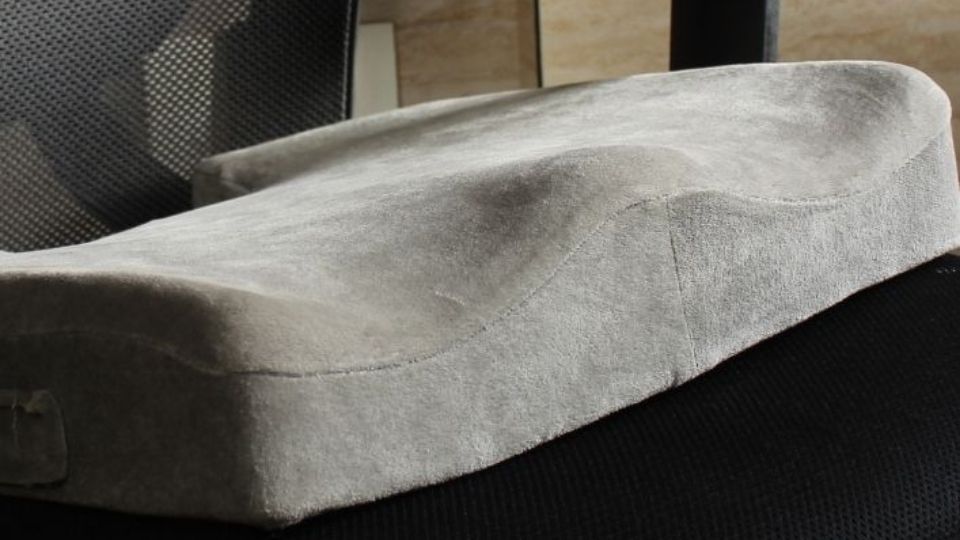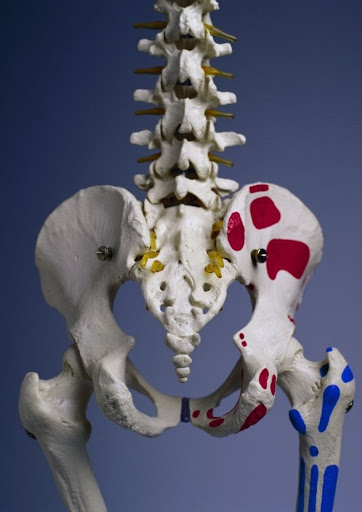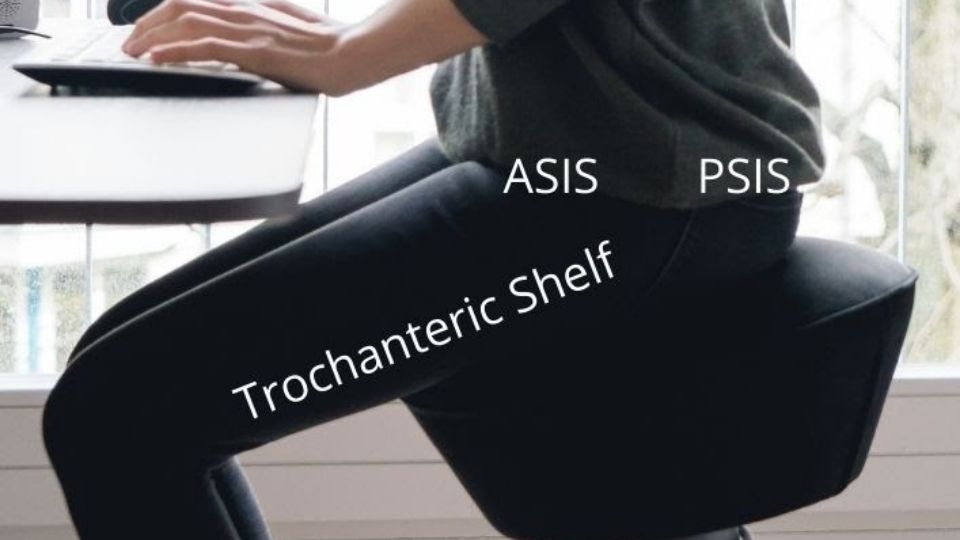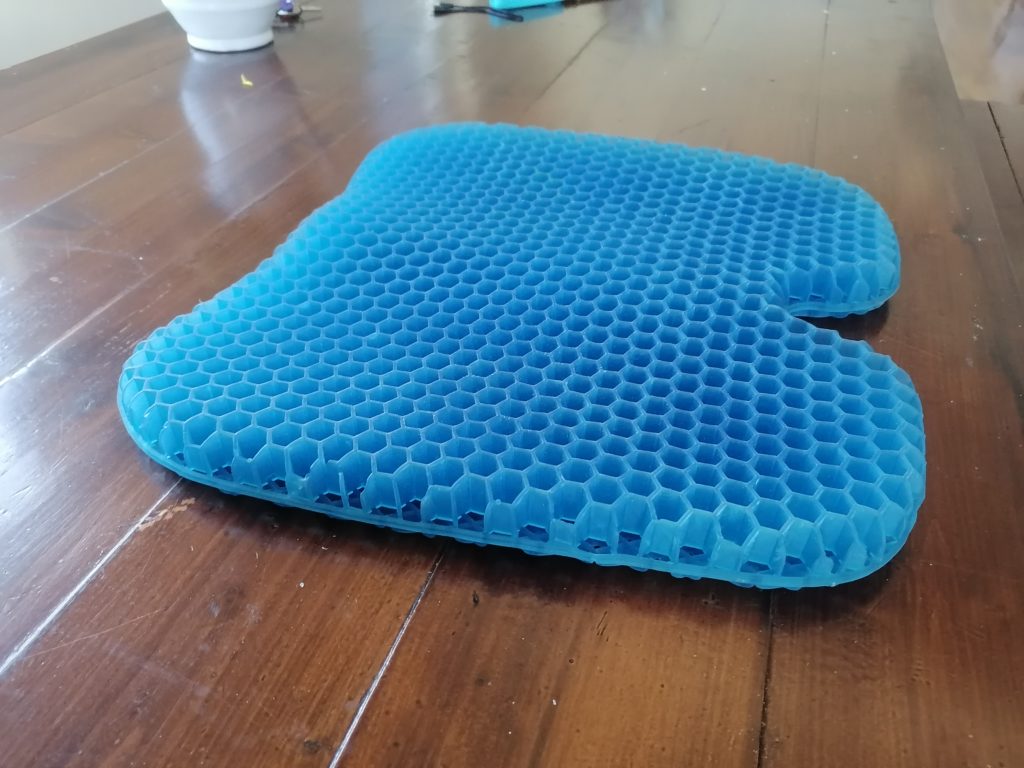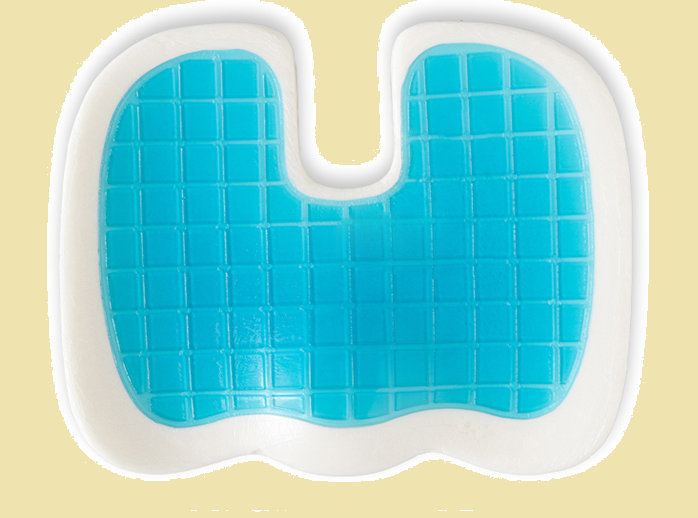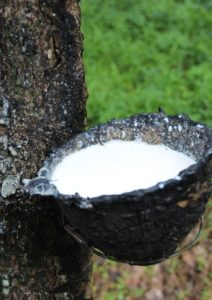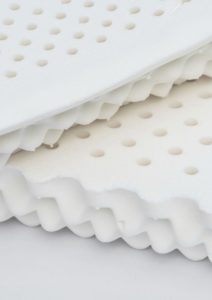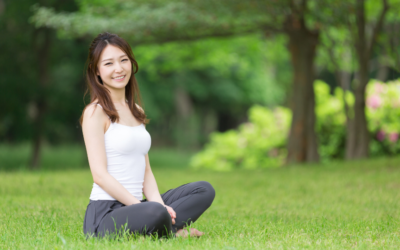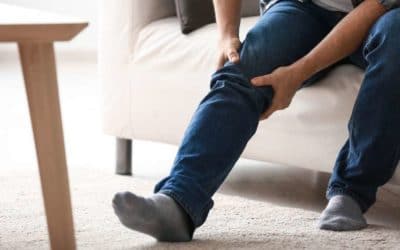Are Seat Cushions Good For You?
There appears to be more concern with choosing a seat cushion that looks nice than good for you? Most chairs have adjustable height and armrests (though not always), but selecting the appropriate cushioning material for your lower back can be tricky; we need quite specific criteria before settling on anything!
As a general rule, seat cushions provide the support your back needs while sitting in a chair all day. Additionally, seat cushions relieve back pain. Using a cushion will help you distribute pressure more evenly between the spinal bones (vertebrae), so your joints will not be overloaded.
My background as a back pain specialist and someone who has researched and designed seat cushions for decades will enable me to cut through the marketing jargon and help you choose a seat cushion that is the most comfortable for you.
Seat Cushions are Useful for Several Reasons:
- It will improve your office chair’s comfort.
- Optimum posture is vital for health.
- Your body’s joints and muscles will be less stressed.
- Long periods of sitting can contribute to health problems.
The best way to understand the various options for seat cushions is by understanding what supports sitting. To sit, we need a strong foundation that will hold our weight and provide support so let me start with a basic understanding of your sitting anatomy.
Sitting Human Anatomy
The human body was not designed to sit all day long. Our bones and muscles were made for walking on two legs. For extended periods, people who sit for extended periods may require specialised seating equipment for increased comfort, posture regulation, or protection against developing arthritis or bone loss.
We need some support and cushion for our pelvis while sitting. The most important aspect of our rear end is the skeletal portion formed by the bones and the soft tissue layers surrounding them.
The ischial tuberosities, the greater and lesser trochanter, and the long bone of your femur work together to provide support for you while seated. They are essential because they transfer weight from one side or another (depending on which leg) to maintain balance; this also helps keep pressure off those pesky iliotibial bands! The area at the top where these two bones meet allows you to rest some extra load that might be there as well. This loading will not only shift it away from other vulnerable areas, but help improve sideways (lateral) stability too!
You cannot see the iliac wings, but when you sit on a hard surface, you can feel those sharp bones that hurt when you sit too long. In addition to being the lowest point of the pelvis, these ITs have sharp, pointed contours. Most pressure points among office chair workers occur at these ITs.
Another vulnerable area for sitting in the wrong position is the coccyx and sacrum. The coccyx is a particular bone found near the bottom of your spine. It’s also called “tailbone.” This bony protrusion can be uncomfortable to sit on for long periods because it provides little cushioning and doesn’t support weight well in this position, so there is more pressure on other parts of the body like your tailbone– which nobody likes! The sacrum-a triangular-shaped bone at the base of our spines-also has risk factors associated with prolonged sitting; when you’re seated, these two bones are often under considerable pressure from gravity, attempting to make them act as shock absorbers.
Seat Cushion Designs
Despite the extraordinary variety of seat cushions available, the most popular is the ‘same old wine, but new skin covers’. Or, it’s the same old repetitive design in a new wrapper, to put it another way.
Some cushions are better for your back than others. When you sit, the first point of contact with a cushion is in between your legs, where all those boney prominences live. One thing all successful cushions do is redistribute pressure away from these sharp areas at the pelvis to another part of the seat so there is less pain when we’re lying down!
A cushion will change shape when you sit on it. For example, the softer foam is, the more likely this type of cushion will be to compress and adjust to your body’s needs as needed. Some cushions are made with fluid interfaces that allow them – depending on how hard or soft they’re set up for-to move around in response to pressure points so everyone can get comfortable enough!
A crucial aspect of the function of these cushions is that the material used to make them can conform to various loads. Foam compresses or fluid moves, for example.
Inexpensive Memory or Polyurethane Foams Collapse
Sitting on a synthetic foam or fluid cushion can cause the pelvis to sink so far that your pelvis rests directly against the seat. In this scenario, “bottoming out” occurs. It could get really uncomfortable on the hard wheels below if you don’t have a barrier between you and them!
Heat and Moisture from Seat Cushions
It is common for heat and moisture to accumulate when sitting on any cushion, and the problem can occur even for children. The skin temperature rises after a period on most cushions, which causes them to sweat–this is what causes the body to try to cool the area.
Even though a few companies focus on maximising airflow with innovative designs and materials, they’re definitely not the norm. Airflow is crucial because it helps provide comfort while you sleep by keeping your head cool & comfy all night long! These new-generation cushions also offer moisture control and skin protection from temperature change.
Seat Cushions Come in Various Types:
Gel cushions
These gel cushions are made of a polymer to form flat or contoured pieces of material that do not flow like fluid gels and do not move, so even if the plastic covering is ruptured, the cushions will still function.
The gel slabs that are predominantly marketed today do not flow or equalise pressure in the same way as fluid gels and provide little pressure reduction and shock absorption.
We tested many varieties of Gel cushions on hundreds of patients and found that they contributed very little in terms of pressure point reduction or comfort. Clients rated the honeycomb-shaped Gel cushions the least comfortable (-90%) of any of our prototypes.
Pre-contoured cushions
Many cushions combine resilient foams or gels with a contoured cushion shape to match a seated person’s generic anatomical shape. Typically, when a person sits on a soft piece of material, such as sand or snow, and then carefully rises, an imprint is left that represents a normal anatomical shape. It will be lower around the IT area and contour upward around the buttocks; it will be elongated along the thighs.
A pre-contoured cushion is designed to reduce pressure under the IT area and improve overall comfort. In this way, it is possible to start out with a cushion that closely mimics the average human body. Cushions that are pre-contoured have a top shape that mimics the buttocks and thighs when seated.
The cushion does not have to compress the support medium as much to include the users’ shape, and the pressures can be redistributed to the trochanteric shelf and away from the ITs more effectively.
A cushion can be made from materials that provide a firmer surface beneath the hips and thighs, and one that provides a softer surface beneath the pelvis. A common technique employed in making these cushions is multi-density foam which distributes pressure evenly.
This technique can be done with a flat or pre-contoured cushion but still relies on the same principles of cushion support outlined above.
Natural Latex is the Best Option for Seat Cushions:
- Spinal Alignment. As you sit on the cushion, the heavier parts of your bottom, such as the coccyx and ischial tuberosities, sink into the latex, while the lighter parts are supported to keep you aligned in a natural way. As you sit on a natural latex seat cushion, your muscles and ligaments are able to relax and recover. Your blood circulation is also improved because of the good pressure distribution.
- Non-Toxic. In contrast to memory foam cushions, 100% natural latex seat cushions are made from natural materials and are chemical-free.
- Eco-Friendly. In sustainable latex farming, the sap is harvested from Hevea Brasiliensis trees that are healthy and capable of growing and producing oxygen. As old trees die, new trees are planted as they reach the end of their life cycle.
- Natural Latex is Entirely Biodegradable and Recyclable. In addition, natural latex is easily recycled. Buried latex cushions decompose in a year.
- Pressure Relief. Natural latex can also align your spine and relieve pressure points.
- Resilient. For example, natural latex seat cushions prevent you from sinking too much into them after a certain point and rebound more as you apply your body weight. Natural latex is known for its resilience, which is what makes it unique.
- Anti-Microbial. Latex is naturally resistant to bacteria, mould, and dust mites, so it prevents the growth of those organisms. Latex also promotes good health by providing an antifungal and antibacterial working environment.
- Customisable. Chiropractic and ergonomic design have always been my passions, and natural latex has given me the freedom to make so many custom creations.
- Excellent Air Circulation. Unlike most conventional (petrochemical) memory foams, natural latex foam allows air to circulate and provides better comfort than most other seating devices.
Natural Products Have a Higher Price Since There are No Chemicals. It takes 12 acres of rubber trees to make one double-size latex mattress, which cost a little more than petrochemical foams but are definitely worth every penny!
Memory Foam Cushions
Memory foam was originally developed to protect astronauts during space missions. It is a shock-absorbent material used in helmets, pads, and other equipment to protect humans. However, NASA later decided against using memory foam because of off-gassing concerns.
Here are five reasons why memory foam should NOT be used as a seat cushion:
- It’s a petrochemical! Polyurethane is a byproduct of the refinement of crude oil. It is the main material used in memory foam.
- Toxic chemicals. Foam polyurethane is usually mixed into memory foam. Other harmful compounds include PVC, formaldehyde, antimony trioxide, and petrochemicals.
- Fire retardants are abundant. Since 2004, all mattresses are required to be fireproof at a certain temperature point, and the toxicity of foam memory mattresses has grown, making them becoming more harmful.
- Lacks responsiveness. If you utilise a responsive cushion, it will reduce your chances of experiencing back pain since it is more conducive to moving and shifting effortlessly. It is essential to know that responsiveness is the speed and amount at which a foam responds to pressure or motion.
- Retains heat. Unlike other foams, memory foam retains more body heat, which makes some users uncomfortable when seated.
Moulded Cushions
Occasionally, some cushions are made of resilient materials, including foam and liquids, and have contoured shapes to follow the body’s shape when seated. If someone sits on sand and then carefully gets up, they will leave behind the imprint of their head, chest area, and thighs – this is how some seats are made!
The intimate fit of this cushion helps prevent pressure points, and it is the most stable of all cushion styles. Cushions should provide adequate support for the bony prominences (IT and Coccyx), and should slope your hips toward your knees to increase the trunk-to-thigh ratio.
Multiple Layered Cushions
A cushion made of foam, fluid, and gel often creates an unstable cushion. That’s not the type of cushion you want to sit on! It feels like sitting in a semi-filled ball which just isn’t comfortable at all!
The best way to offer support and pressure distribution for your seat cushion is to manufacture it out of multi-density foams. Ideally, a firm base should encase a soft-top comfort layer.
Seat Cushion Covers
The cushion cover is an essential part of the cushion design and should have the following characteristics:
- A 4D stretch top.
- Non-slip fabric on the bottom.
- Aeration or ventilation holes on sides.
Takeaway
With so many different options to choose from, it can be difficult to pick the right seat cushion for you. To make your search easier and more efficient, we’ve compiled a list of criteria that will help you find the perfect fit. Once you have these questions answered, let us know; our team is here to answer any questions about chair cushions or other ergonomic needs!

